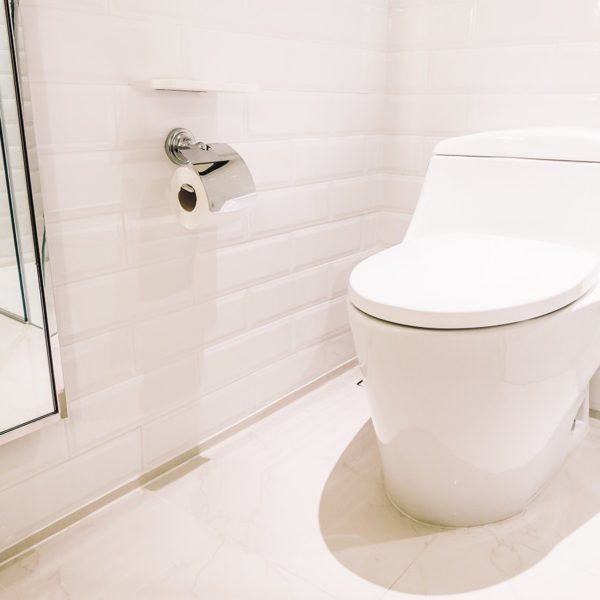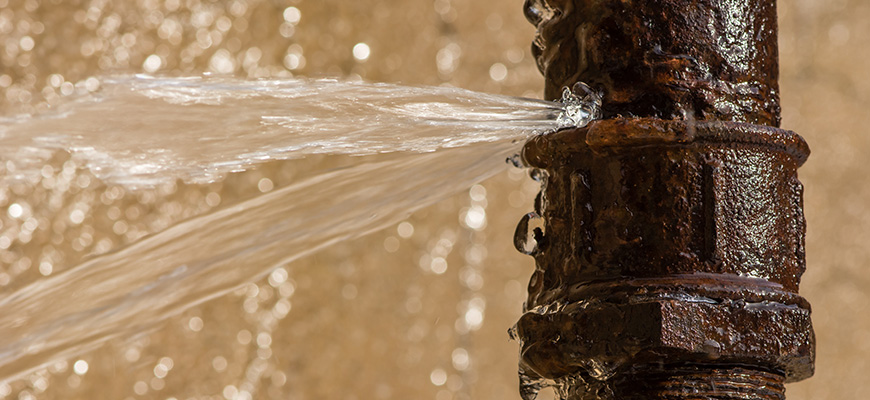Is your toilet driving you crazy with its incessant running water? Not only is it an annoying sound, but it can also cause your water bill to skyrocket. Fortunately, fixing a toilet that won’t stop running is a relatively easy DIY task that anyone can do with a little guidance. In this step-by-step guide, we’ll walk you through the process of identifying the problem, gathering the necessary tools, and making the necessary repairs to stop your toilet from running. From replacing a faulty flapper to adjusting the water level in your tank, we’ll cover all the common issues that can cause a running toilet. So, if you’re tired of hearing the sound of water running down the drain, grab your wrench and let’s get to work!
Why is your toilet running?
A running toilet is a common problem in many households. The sound of water running down the drain can be annoying, but it can also be a sign of a more serious problem. There are several reasons why your toilet might be running, and identifying the cause is the first step in fixing the problem.
One of the most common reasons why a toilet is running is a faulty flapper. The flapper is a rubber seal that sits at the bottom of the tank and controls the flow of water into the bowl. If the flapper is worn or damaged, it can cause water to constantly leak into the bowl, resulting in a running toilet.
Another common cause of a running toilet is a faulty fill valve. The fill valve is responsible for refilling the tank with water after each flush. If the fill valve is not functioning properly, it can cause the tank to overfill, resulting in a running toilet.
Finally, a running toilet can also be caused by a high water level in the tank. If the water level is set too high, it can cause water to constantly overflow into the bowl, resulting in a running toilet.
Tools needed to fix a running toilet
Before you start repairing, you’ll need to gather a few tools. Most of these tools can be found at your local hardware store, and they are relatively inexpensive.
Here are the tools you’ll need:
- A pair of pliers
- A wrench
- A screwdriver
- A replacement flapper (if necessary)
- A replacement fill valve (if necessary)
- A replacement flush valve (if necessary)
- Teflon tape
Once you have your tools, you’re ready to start fixing your toilet.
Step-by-step guide to fixing a running toilet
Now that you have your tools, it’s time to start fixing your toilet. Here’s a step-by-step guide to help you through the process:
- Turn off the water supply to the toilet. This can usually be done by turning the valve located behind the toilet.
- Remove the tank lid and set it aside.
- Look inside the tank and identify the cause of the running water. If the flapper is worn or damaged, replace it with a new one. If the fill valve is faulty, replace it with a new one. If the flush valve is faulty, replace it with a new one.
- Follow the manufacturer’s instructions to install the new part. Be sure to use Teflon tape on all threaded connections to prevent leaks.
- Turn the water supply back on and let the tank refill.
- Flush the toilet to make sure the problem has been resolved.
- If the toilet is still running, adjust the water level in the tank. This can be done by adjusting the float arm or the water level adjustment screw on the fill valve.
- Flush the toilet again to make sure the problem has been resolved.
Common issues and how to troubleshoot them
While a faulty flapper, fill valve, or flush valve is often the cause of a running toilet, there are other issues that can cause your toilet to run. Here are some common issues and how to troubleshoot them:
- A clogged toilet: If your toilet is clogged, it can cause water to constantly run. Use a plunger to clear the clog and see if the problem is resolved.
- A cracked or damaged tank: If your toilet tank is cracked or damaged, it can cause water to constantly leak into the bowl. In this case, you’ll need to replace the entire toilet.
- A loose or damaged flapper chain: If the flapper chain is loose or damaged, it can prevent the flapper from sealing properly. Adjust or replace the chain as needed.
- A damaged overflow tube: The overflow tube is located in the center of the tank and prevents water from overflowing. If the tube is damaged, it can cause water to constantly run. Replace the tube if necessary.
Preventing a running toilet in the future
Prevention is easier than you might think. Here are some simple tips to help you avoid a running toilet in the future:
- Regularly inspect your toilet for leaks and damage.
- Replace worn or damaged parts as soon as possible.
- Adjust the water level in the tank to prevent overfilling.
- Avoid flushing anything other than toilet paper and human waste down the toilet.
- Educate your family members on proper toilet use to prevent clogs and other issues.
When to call a plumber
If you’re unable to fix your running toilet on your own, it may be time to call a plumber. A professional plumber can diagnose the problem and make the necessary repairs quickly and efficiently.
Conclusion
A running toilet can be a frustrating and costly problem, but it’s not one that you have to live with. By following the steps outlined in this guide, you can identify the cause and make the necessary repairs to stop the water from running. With a little time and effort, you can save money on your water bill and enjoy a quiet, functioning toilet once again.


